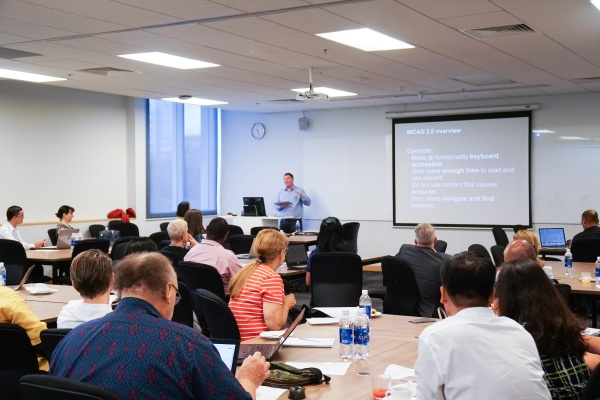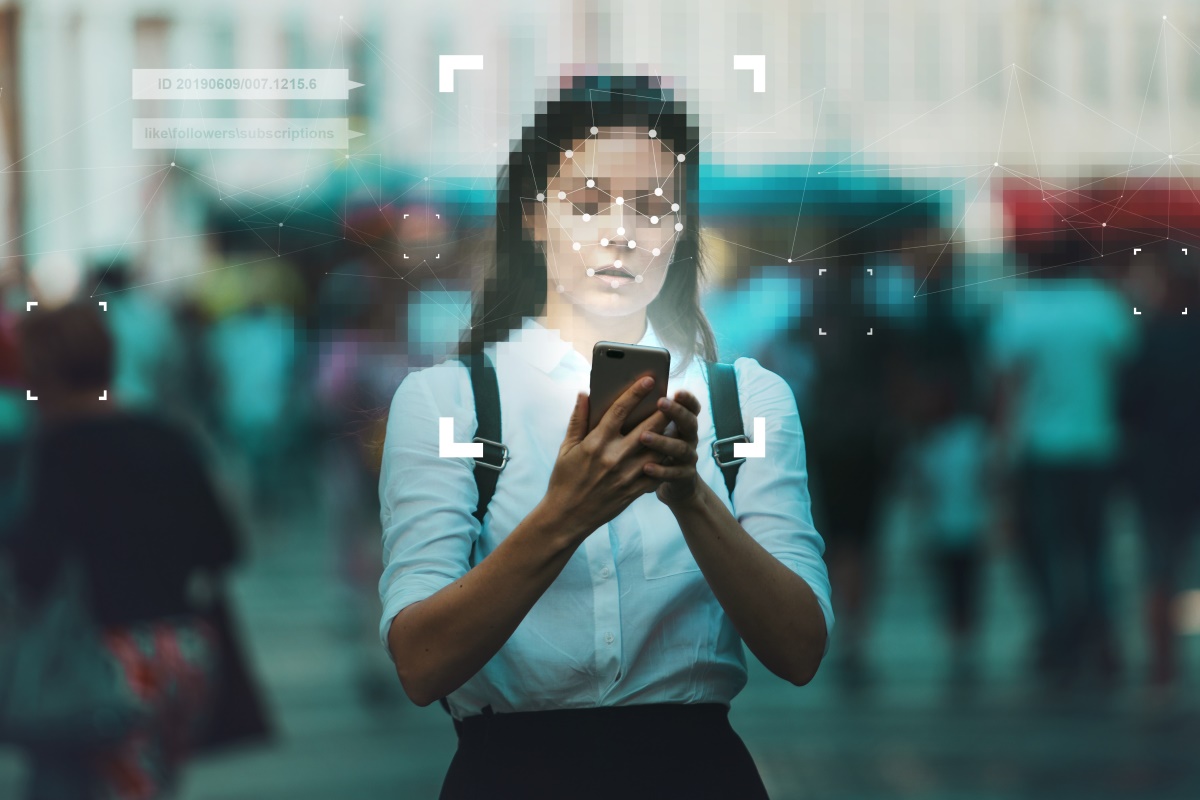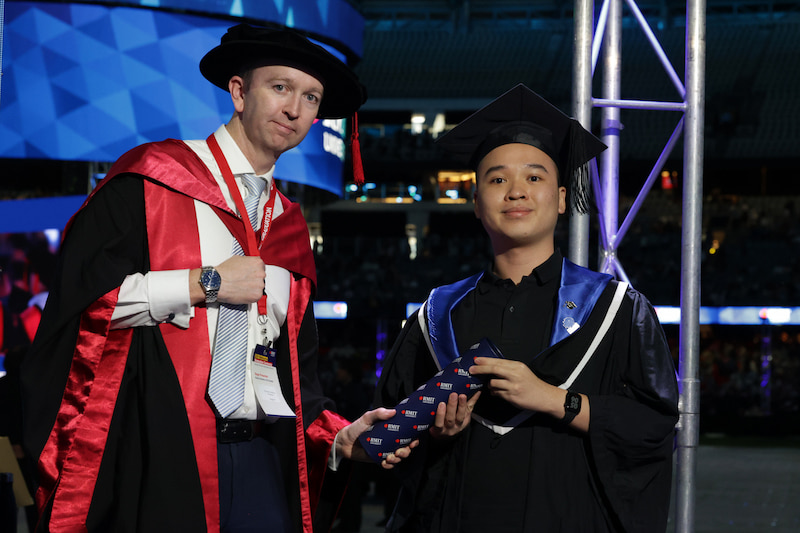The intersection of technology and inclusive learning
As we move towards a more accessible digital future, many of these technological advancements inspire and encourage others to think increasingly about inclusive design and accessibility. However, it takes more than digital accessibility to achieve inclusive learning.
“Inclusive learning and teaching requires a more holistic approach than solely assistive technologies to take effect,” Dr Hollier emphasised.
Dr Louisa Smith, another presenter at the InSITE Multi-conference, expanded on that idea by looking at inclusive learning from a pedagogical perspective. She drew on her experience designing and developing inclusive content to explain what is involved in making digital learning inclusive.
“A person is not disabled themselves. They are enabled or disabled by the environment they are in. Inclusion requires an environment that does not disable people but instead enable them,” Dr Smith pointed out.
She presented her framework of embedding inclusive learning in every stage of course design, development, delivery and evaluation. It is suggested from the framework that, while the basic educational goals may be the same for all students, specific learning objectives need to be adjusted for diverse students with different needs and abilities. From there, activities and assessments also require modification in terms of format, media, measurement, etc.
“By designing, developing, delivering and evaluating courses with inclusion in mind, educators will be better able to create inclusive yet individualised learning activities that keep the curriculum challenging and the expectations high for everyone,” Dr Smith added.
Dr Hollier and Dr Smith’s presentations helped show different aspects of inclusive learning in a digital world. They also generated research ideas on this stream of inclusive digital learning for other participants at InSITE Multi-Conference.
About InSITE
Informing Science Institute’s (ISI) 2017 Informing Science and IT Education (InSITE) Multi-conference was hosted by RMIT Vietnam at the University’s South Saigon campus between July 31 and August 5. Sponsored by RMIT Vietnam’s School of Business and Management, in conjunction with the university’s Centre of Digital Excellence (CODE), the week long conference was an opportunity to share research with academics from around the world and collaborate on issues pertaining specifically to the uptake and delivery of digital technology in education.
Story & photo: Le Thanh Phuong





